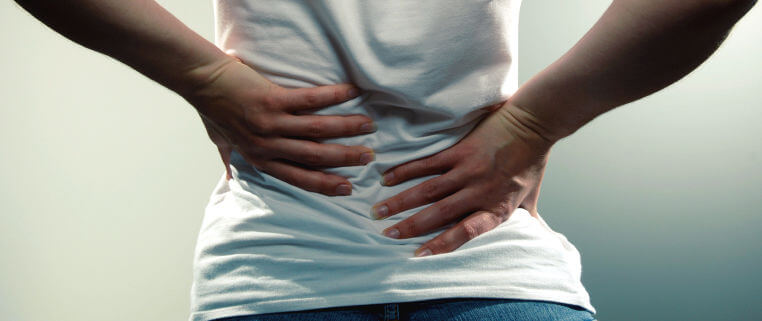As HGV drivers we face a lot of issues – long stretches away from home, unhealthy food and trying to concentrate for hours at a time on a long piece of tarmac in front of us. But one of the most difficult professional hazards we face is how to protect our back and neck from strain and injury. Anyone who has driven a car for a long length of time will understand the stiffness and soreness you feel during and afterwards, but as professional drivers, this is a much more common and potentially damaging issue. So how can we protect our spines on our long drives, leaving our backs and necks ache free?
Adjust Your Seat
Because driving is quite an unnatural position for our bodies to be in, especially for long periods of time, this is a good place to start. Before you set off, position your seat so that your hips are the same height as your knees, allowing for a more natural sitting position to protect your lower back. You should also make sure you adjust the height of your steering wheel so you aren’t hunching over it or reaching up. Push the upper part of the seat back so that your spine is resting in its natural S shape and you aren’t having to slump forward to over the wheel – you will come across a lot of problems quickly if you do this. Adjusting your seat before your journey and ensuring your lower back is pressed into the back of the seat is the best way to avoid back pain or injury during the long drives.
Move Around And Squat
No, we don’t mean do 10 sets on your breaks! When you take your mandated breaks from driving, don’t just stay in your seat and read or nap. Make sure you get out of your seat and move around – stretch out your limbs and back. A good way to ease lower back pain and realign your spine is to spend some time in the squatting position. Early civilisations didn’t spend a lot of time sitting down the way we do – instead, they squatted. They squatted to talk with friends, prepare and eat food, go to the toilet, deliver babies and pretty much anything else you can think of that we would normally sit or lie down for. So even though they would stress their spine all day hunting, they would squat to rest and repair it. Squatting pulls the segments of your spine (your discs, which are usually full of fluid) apart slightly, allowing them to rehydrate and settle into their natural position. Squatting is nature’s spinal decompressor and can do wonders to alleviate and prevent back pain on long journeys.
Don’t Jump Or Jerk Around
As well as your position while driving, another issue that can cause back pain is the vibrations of the vehicle. While you are driving, your vehicle is vibrating all the time, even when you can’t really feel it consciously. These vibrations move the discs in your spine and dehydrate them, causing them to pull on the muscles or rub together. Modern HGV’s tend to have padded and sprung seats that mitigate some of this, but the vibrations will still be impacting your spine, particularly at the base. When you’ve been driving for a long time, make sure you don’t jump out of the cab or make any sudden jerking or high impact movements. During the drive the vibrations have caused your spine to become compressed and brittle, making it much easier to jar. It’s better to ease your way out of the cab gently and go straight into a squat for a few moments before moving on, allowing your spine to recover.
As a lorry driver, back pain is something you will have to battle every single day. These small changes are just a few ways you can alleviate the discomfort during your journeys and prevent any permeant, long term damage to your spine and neck. For more tips on how to keep yourself safe and well during your journeys, get in touch with our team.

